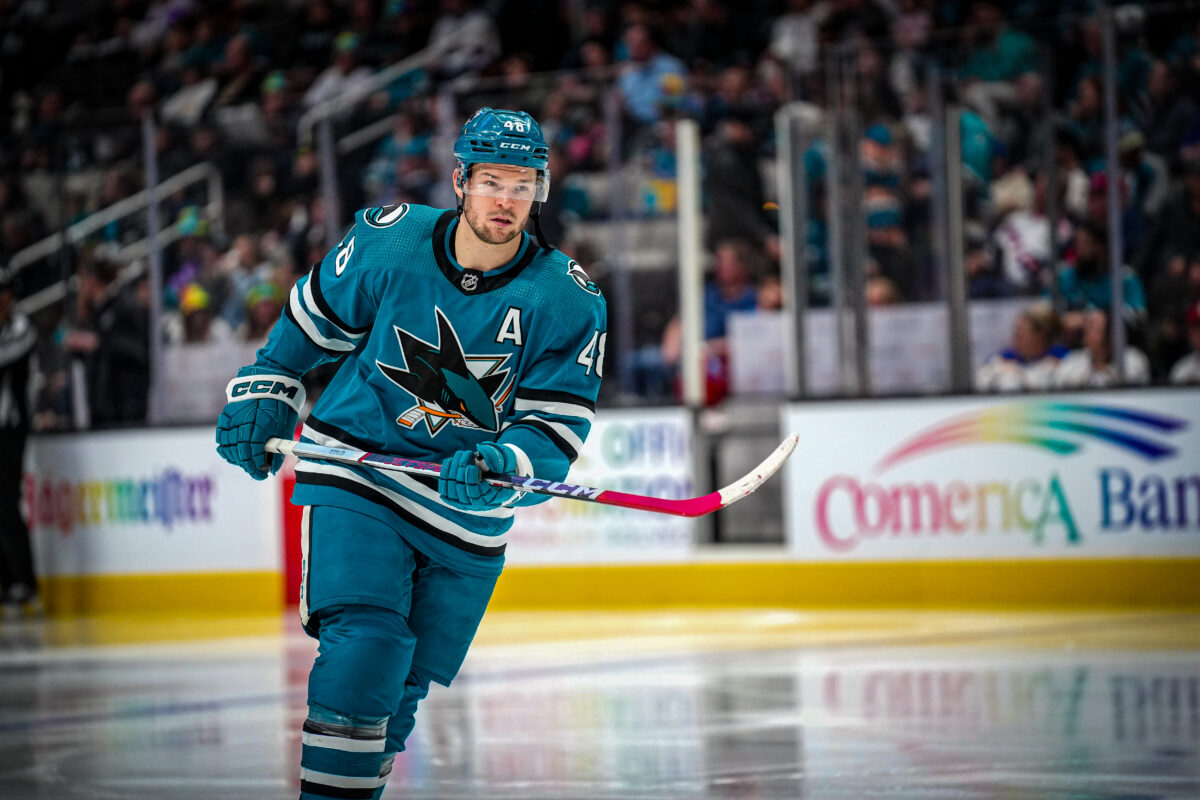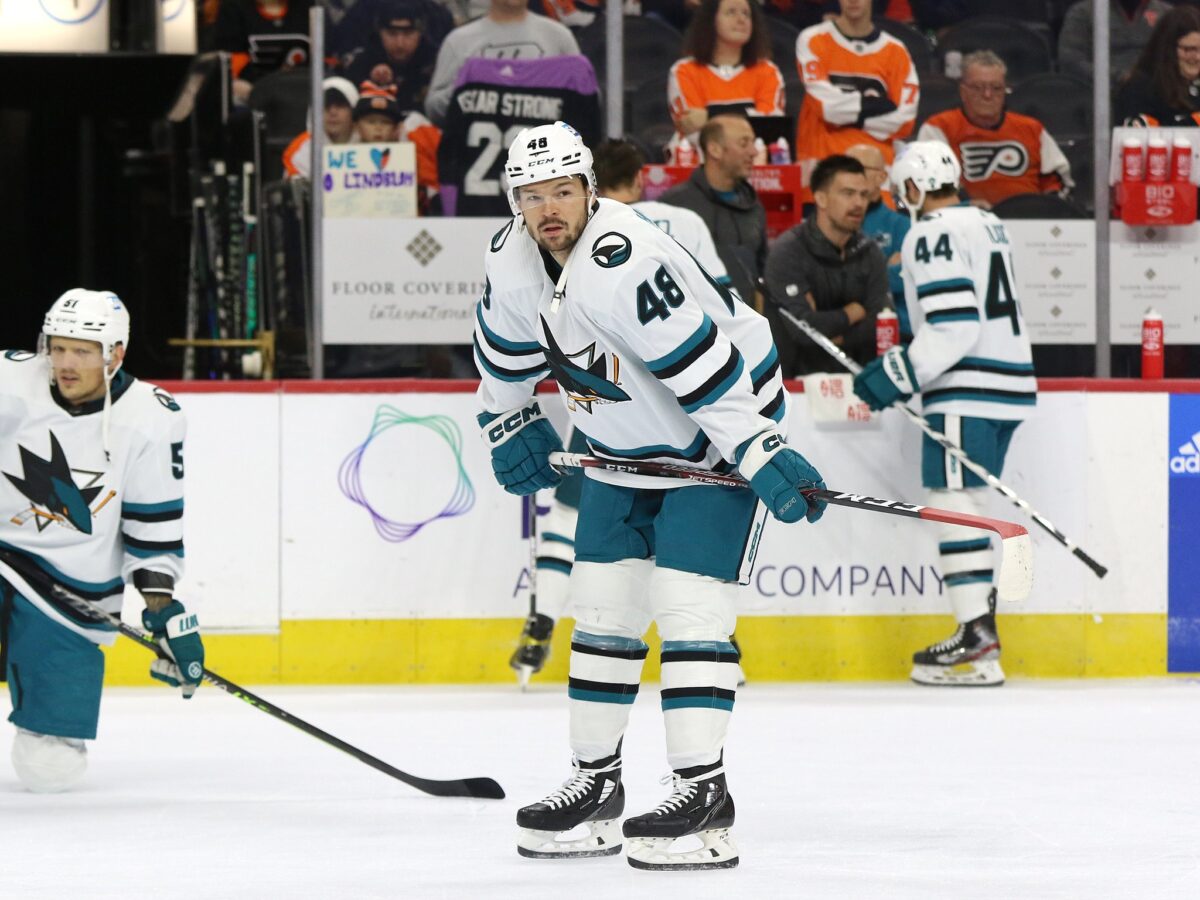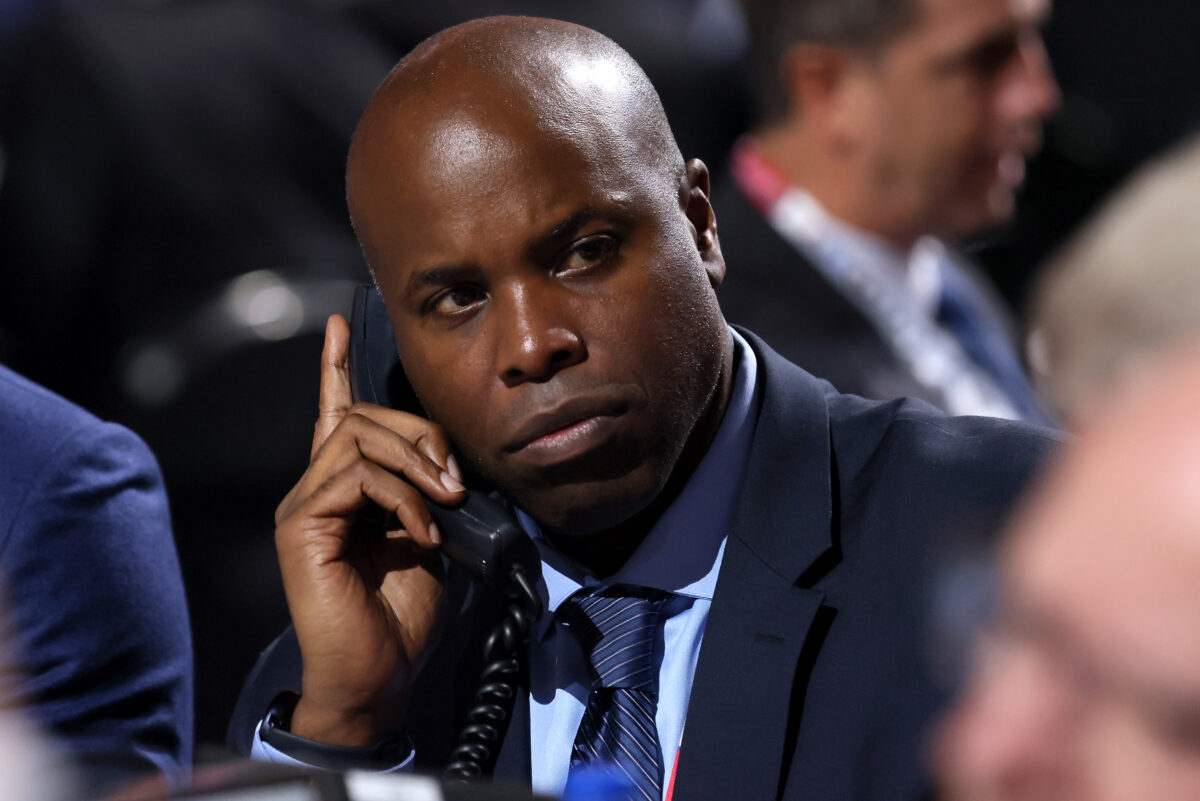The entire hockey world knew that the San Jose Sharks would be making some moves at the trade deadline this season. But far fewer people knew that they would make one of the strangest and most unexpected trades in recent history, sending forward Tomas Hertl to the Vegas Golden Knights in a deal that totaled five assets. From San Jose’s perspective, this move is unbelievably confusing. They unloaded a critical player, received shockingly little in return, and completely reset the picture of their rebuild to something far muddier and more abstract. Let’s not mince words — the more the details of this trade get examined under the microscope, the worse they become for the Sharks.
Hertl Should Have Been Essential to Sharks’ Future
A first-round draft pick in 2012, Hertl joined the Sharks in 2013 and immediately made an impact. He scored four goals in just his third NHL game, and though his rookie season was limited to 37 games due to a knee injury, he still managed 15 goals and 25 points. Ever since, he has been an essential part of San Jose’s roster, evolving from a promising rookie to an exciting young player on playoff squads to a highly skilled two-way center whose prime was unfortunately limited by the fact that much of it occurred during a downturn for his team.

He turned 30 early this season and appeared ready to enter the next phase of his career — a smart veteran who would use his knowledge and love of hockey to mentor the next great Sharks while still contributing on the ice, if not at the same rate. It was a logical next step for a San Jose franchise that had almost perfected that cycle across two decades of constant contention.
But the Sharks looked at that opportunity and decided they didn’t want it. They had an opportunity to retain meaningful veteran leadership in the form of a player who can still make major contributions to the stat sheet and gave him away. A rebuild can’t be entirely young players who may or may not develop and draft picks who haven’t turned into actual humans yet. They need to involve some tangible pieces that have the maturity to guide the franchise through the lean years. The Sharks just traded their player who best fit that mold.
Hertl brought to San Jose a productive style of play and an infectious energy and enthusiasm that would bring results to the Sharks in the coming years. In a single trade, all of that is gone.
Sharks Return Package Makes No Sense
While this trade is obviously very confusing, it would at least be defensible if the haul the Sharks received was just too good an offer to turn down. That isn’t even remotely close to being the case.

The Sharks sent Hertl and 2025 and 2027 third-round picks to Vegas and received a 2025 first-round pick and forward prospect, David Edstrom while retaining 17 percent on the remainder of Hertl’s contract, which runs through the 2029-30 season. That is a heist on a level that would make Danny Ocean tip his cap to Golden Knights general manager Kelly McCrimmon. It’s almost unfathomable. If the Sharks had RECEIVED the two third-rounders on top of everything else, there would still be an argument that they lost this trade.
The return pieces aren’t downright terrible, but they’re not as good as they should have been. Edstrom was arguably Vegas’ best prospect, and the first-round pick is unprotected. But “Vegas’ best prospect” only holds so much weight, given the frequency with which the Knights trade prospects and picks. In addition, Edstrom isn’t projected to become anywhere near the player Hertl was at his peak, and possibly not even the player he is now. And given Vegas’ success in recent years and the positive outlook their immediate future holds, the Sharks will be lucky if that pick falls in the top 25. Add that the two third-rounders will likely be early in the round, and the trade worsens. Pile on the fact that all of this was given to a division rival, and that’s just one more brutal twist of the knife for Sharks fans.
Concerns About Hertl Are Overblown
There are two possible arguments in favor of this trade: first, that the Sharks needed to get off Hertl’s contract, and second, that his injury history makes him a liability. Both fall apart very quickly.
Related: Grading the Golden Knights Blockbuster Trade for Hertl
Let’s start with the former. In 2022, the Sharks signed Hertl to an eight-year extension with an average annual value of slightly over $8 million. It will run until he is 36 and may or may not age well. But the Sharks could afford to take that risk. In the last couple of years, the Sharks have focused on getting rid of their bad but tradeable contracts and have done so pretty effectively. The only truly terrible contract remaining was the one belonging to Marc-Edouard Vlasic, and it’s on track to expire before the team returns to contention anyway. Hertl’s isn’t a bad deal at all yet, and even if his play diminishes, his leadership, as mentioned earlier, will still carry tremendous value.
Before this trade, the Sharks had roughly $20 million coming off the books at the end of this season, and the salary cap will go up very soon. Their financial situation was not perfect, but completely manageable. They can afford to have one bad contract on their roster long-term, and Hertl could have been that guy — which, again, he also might not be.
To an extent, this trade actually makes San Jose’s finances worse. The salary retention on the deal locks up all three of their retention slots through the end of next season, two slots through 2026-27 and one slot through 2029-30. They’ll presumably still be sellers for a solid portion of that time, and their ability to get creative with trades just shrunk by a lot.
As for the injury concerns, Hertl has had multiple bad knee injuries — including one he’s dealing with right now — but in the last two full seasons, he played in 161 of the 164 possible games — including all 82 in 2021-22— and posted 127 points on two bad Sharks teams. He’s appeared in 48 of San Jose’s 62 games this season, but there’s no reason to believe his ailments can’t be navigated with enough attention and mitigation. He may need a rest day now and then throughout a season, but much like his contract, the Sharks could have easily worked through those problems and reaped massive benefits as a result.
Sharks’ Rebuild Becomes Much Less Certain
Most of general manager Mike Grier’s major moves up to this point—trades, draft picks, signings—have made sense. There can be disagreements on the specific details of the trades, drafting one player over another, or the length or value of a contract. But basically, every time, the general framework of the decisions was sound and guided the Sharks one step further in their rebuild.

The Hertl trade doesn’t do that. If anything, it makes the rebuilding process longer and considerably more difficult. It’s incredibly unclear who will lead San Jose through this difficult time. Logan Couture seemed like the most likely candidate, but his injuries have greatly left his future in doubt. After him, the Sharks don’t have any players who know the ins and outs of playing for this franchise for years, know what it truly means to be a San Jose Shark, and know they’ll be with the organization for several seasons. That isn’t a good place to do a rebuild from.
With Hertl leading the way, the Sharks appeared to be preparing to start the upward portion of their journey, and fringe contention for the 2026 Stanley Cup Playoffs didn’t seem entirely out of the question. Now they’ve traded a leader and one of their best players, and there’s no guarantee that they won’t still be the worst team in the league two years from now.
It’s obviously way too early to tell if the trade was a good move in the long run. But right now, the bottom line is that the Sharks traded their most important veteran to one of their biggest rivals while giving up more than they received, unnecessarily adding several seasons to their rebuild, all to solve a problem they don’t actually have.
Welcome to a new era of San Jose Sharks hockey, I guess.
